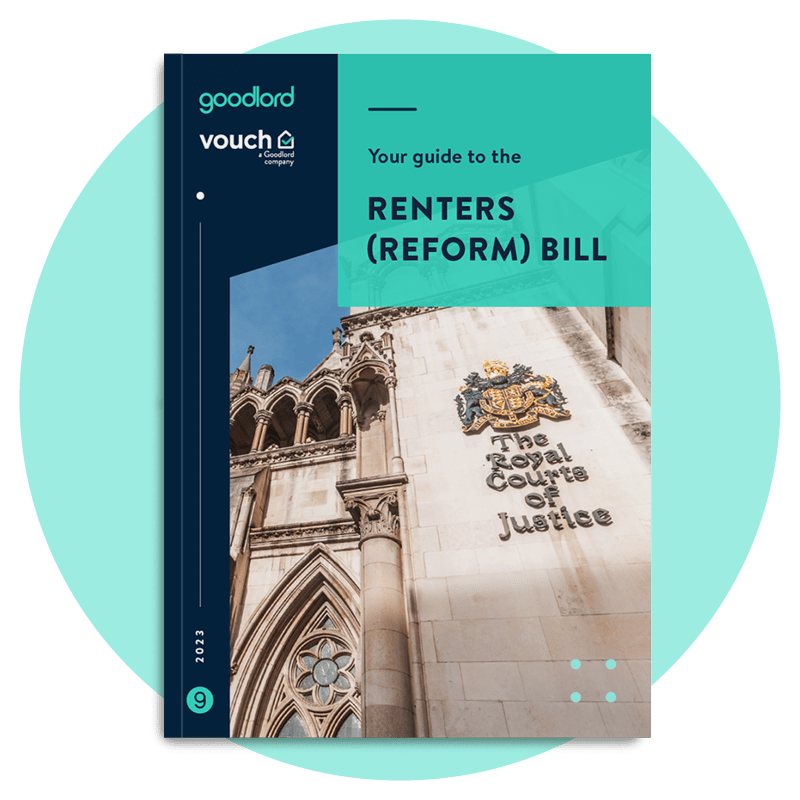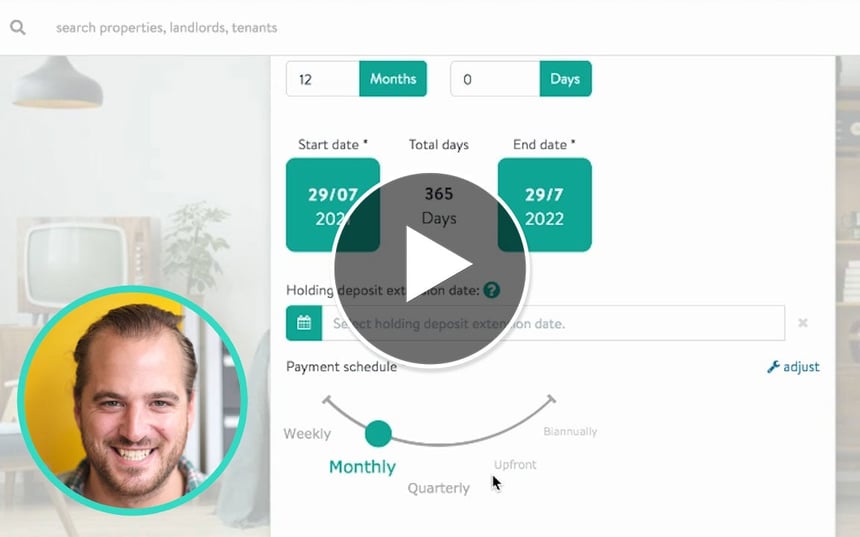How to understand property inventories, check-in and check-outs
The Tenancy Deposit Scheme answers some frequently asked questions about property inventories, check-ins and check-outs.
Knowing the condition of a rental property is key for both tenants and landlords, and property inventories help with this. Check-ins and check-outs are needed for every tenancy and can protect all parties in the tenancy process. But what does this mean, here's everything letting agents need to understand about the process.
Here, the Tenancy Deposit Scheme explains everything about property inventory reports, check-ins and check-outs and why it's so important for letting agents and landlords.
- What is a property inventory?
- Why are property inventories so important?
- What is a check-in and check-out report?
- Does the inventory report need to be signed?
- Does the tenant have to be present for the check-out or check-in?
- What if an inventory report wasn’t provided?
- Guide to inventories, check-in and check-out

What is a property inventory?
A property inventory is a comprehensive document detailing the condition of a property and its contents at the start and end of a tenancy. It includes a Schedule of Condition/Check-In Report and assesses everything from décor to structural elements like floors and ceilings.
This document helps both landlords and tenants track any changes during the tenancy and resolve disputes efficiently.
Tenants have the right to be present during inventory checks to ensure accuracy. Typically, an independent inventory clerk or letting agent conducts the inventory, however, some experienced landlords perform these themselves.
Why are property inventories so important?
Before a new tenant moves in, a property inventory should be carried out to protect both the landlord and the tenant from deposit disputes at the end of the tenancy.
When the tenancy ends and a checkout inspection is performed, the current condition of the property will be compared with the inventory records.
If disputes arise from the findings of the check-out report, the landlord and/or tenant must have evidence to support their claims, which you’ll find in the inventory and check-in report. Without this, it would be very difficult to make a successful claim.
What is a check-in and check-out report?
A check-in report is a document of the condition of everything in the property at the point that your tenant moves in, it’s also known as the schedule of condition which accompanies the inventory report.
Ideally, the check-in should be carried out on the day your tenants move in, and it is beneficial they are present for this.
A checkout report is a detailed assessment of the property’s condition conducted at the end of a tenancy. It compares the property’s condition against the initial inventory report and any subsequent interim inspections.
The checkout report and inspection should occur when the tenant leaves the property with all their belongings. It should list any recommended actions, usually assigning responsibilities to either the landlord or tenant, and help facilitate a quicker end of tenancy and return of the deposit, in full or with agreed deductions.
Does the inventory report need to be signed?
Although it is not mandatory to sign the reports, the Tenancy Deposit Scheme highly recommend doing so to avoid any potential disputes. Both landlords and tenants should sign the inventory document to confirm that it accurately reflects the condition of the property.
This is also an excellent opportunity to double-check that the document contains the correct names, dates, and addresses, as even minor errors could become problematic in the event of a dispute.
Does the tenant have to be present for the check-out or check-in?
While tenants are not obligated to be present when inspections are being carried out, the Tenancy Deposit Scheme recommend that tenants should attend.
This is because being present provides tenants with the opportunity to clarify any doubts or concerns they may have about the inspection, and ensure that everything is agreed upon and documented correctly.
In addition, tenants can also voice any issues or complaints they may have about the property during the inspection, and the inspector can guide how to resolve them. Therefore, it is in the best interest of the tenant to be present during the inspection to ensure that all parties are on the same page and to ensure a smooth inspection process.
Download our checklist for landlords' obligations under Fitness for Human Habitation Act
What if an inventory report wasn’t provided?
It can be difficult for landlords to prove the condition of a property at the beginning of a tenancy without an inventory, check-in or check-out report. This could mean that issues, like the level of cleanliness, are open to interpretation, and issues with claiming from the deposit.
In disputes without an inventory or check-in/check-out, TDS adjudicators will need to consider any evidence you can provide, such as a cleaning invoice, as long as it includes a date and cost. However, it is much more difficult to come to an agreement if the parties do not agree.
If all parties agree to the deductions, however, the Tenancy Deposit Scheme will never ask for any supporting documentation. But if a dispute is raised over the return of the deposit, you are more likely to be successful in your claim if you have an inventory/check-in report.
Many landlords have found that using our Deposit Deductions template to clearly outline the deductions you wish to make from the tenant’s deposit is very effective in coming to an agreement.
Guide to inventories, check-in and check-out
In partnership with the NRLA, The Tenancy Deposit Scheme has created a comprehensive guide to property inventories. In this guide, we explore the vital elements of inventories, check-in and check-out reports, shedding light on crucial aspects such as the opportune time for inventory creation, and the key components that make an inventory robust.
The guide aims to empower property owners with knowledge and tools to understand inventory, check-in and check-out processes and equip landlords with skills to foster positive landlord-tenant relationships, ensuring a smooth and secure rental experience.
This article was originally published at www.tenancydepositscheme.com










